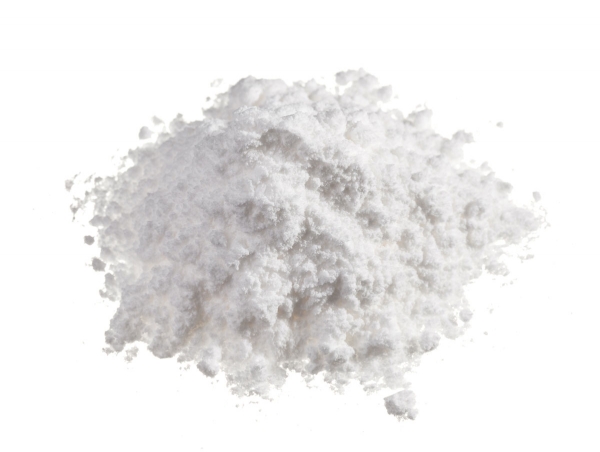


Hyaluronic acid is a substance that is naturally present in the human body. It is found in the highest concentrations in fluids in the eyes and joints. The hyaluronic acid that is used as medicine is extracted from rooster combs or made by bacteria in the laboratory.
People take hyaluronic acid for various joint disorders, including osteoarthritis. It can be taken by mouth or injected into the affected joint by a healthcare professional.
Certificate of Analysis:
|
Items |
Specifications |
Results |
|
Appearance |
white powder |
Conform |
|
transparency |
≥99.0% |
Conform |
|
Specific optical Rotation [α] |
-29.0°∼-32° |
-31.4° |
|
pH |
6.0-7.5 |
7.2 |
|
loss on drying |
≤10% |
0.4% |
|
Residue on ignitionKinematic viscosity |
practical value |
practical value |
|
protein |
≤0.1% |
<0.1% |
|
Heavy metals |
<20ug/g |
<20ug/g |
|
Glucuronic acid |
≥44% |
50% |
|
Sodium Hyaluronate |
≥91% |
93% |
|
Bacteria counts |
<1000CFU/g |
conform |
|
Mold & Yeast |
<100CFU/g |
<100CFU/g |
|
Staphylocoocus aureus |
negative |
N.D. |
|
Pseudomonas seruginose |
negative |
negative |
Packaging details:
|
Packaging details: |
25kg/drum with double plastic bags inside; packed in a cardboard drum or fiber HDPE drum. |
|
Storage: |
Stored in a clean, cool, dry area; keep away from moisture and strong, direct light/heat |
|
Shelf Life: |
5 years if sealed and store away from direct sun light. |
